Memories of Mr. and Mrs. Barker by Anne Paton and her sister Christine
I arrived in Farnhill with my parents, Rev. and Mrs. R. Hodgkinson, in August 1937. Christine was born in the Manse [39 Main Street, Farnhill], in August 1938. These are the memories of young children.
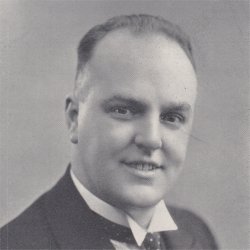
Rupert Edward Barker
Christine and I always think of Mr and Mrs Barker as Auntie and Uncle Barker. They lived opposite to us up the hillside, above the triangle of land which during the war held a few struggling allotments. They took a kindly interest in the very young family in the Manse and we often saw them as we passed Arbour Cottage on walks to the moor.
They were stalwart members of Father’s congregation at the chapel, involved in everything that went on. We do not know whether Uncle Barker ever held any chapel office, e.g. chapel steward, and I have only the faintest glimmer of a memory that he may have sometimes played the organ. Auntie Barker was always part of any catering done by “the Ladies”.
Both were kindly and generous in their willingness to help anyone who needed it, including nursing in their own bedroom a lady who had no one to help her after losing a leg to cancer. I believe she was with them several months, nursed until she died.
They were immensely kind to Christine and me. After a war-time winter, they turned up at the Manse with a splendid model dolls’ house made from magazine instructions out of matchboxes, with carpets, curtains and furniture. They made it on the winter evenings. Obviously they had a lot of fun making it together and we loved it. It survived many years of use, passing down to our younger sister.
In October 1943, Christine and I stayed with Auntie and Uncle Barker for two weeks. After a month away in the isolation hospital suffering from scarlet fever, we were still unable to go home as our new baby sister was only six weeks old.
We were upset to find we were not going home, but we only have happy memories of our time in Arbour Cottage – playing in the garden, Uncle Barker producing their old Halma board for a game in the evening, not to mention the excitement of seeing him change the fragile gas mantle and turn on the gas light.
We came out of hospital shaken and still poorly, but after two weeks of Auntie and Uncle’s loving care we walked home down the snicket happy and well.
In the summer of the following year we left Farnhill when Father moved to a new appointment, in August 1944, in Royton near Oldham – more than fifty mill chimneys pouring out black smoke at the end of our street.
Sometime during the next year, probably before the end of the war, Mother and Father were deeply upset by very bad news from Farnhill. We were told that Uncle Barker had had a terrible accident. He was found left for dead with severe head injuries and had not been expected to recover.
I remember that this was when Mother told me that Uncle Barker had been out on his bicycle, on his rounds as a policeman. I do not know where the accident happened, but no mention was made of it being in Farnhill.
Beyond all expectation, Uncle Barker recovered, after months of care. Mother said that far from his usual cheerful and kindly self Auntie had months of struggle with a difficult and fractious patient – the effects of the head injuries.
In the following years our parents made several moves around Lancashire and Cheshire and kept in touch with Farnhill. Christine and I eventually married and moved South. We never went back to Farnhill.
My last record of contact with Auntie and Uncle Barker is in the list Mother kept before my wedding in April 1963 of the names and addresses of people who sent wedding gifts, so that I could write to them.
Auntie and Uncle Barker were still living at Arbour Cottage, Main Street, Farnhill, and though unable to come to the wedding, sent a pair of linen pillowcases trimmed with pink and white crochet “for Anne’s bottom drawer” and a very nice fibre-glass tray. The pillowcases have long gone, but the tray is still in regular use – I think they would be pleased.
It has been a great pleasure to Christine and me to remember them. They were what my granny would have called “the soul of kindness”.
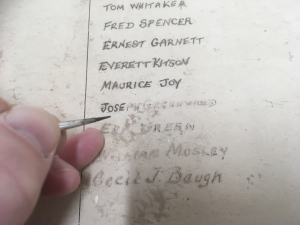
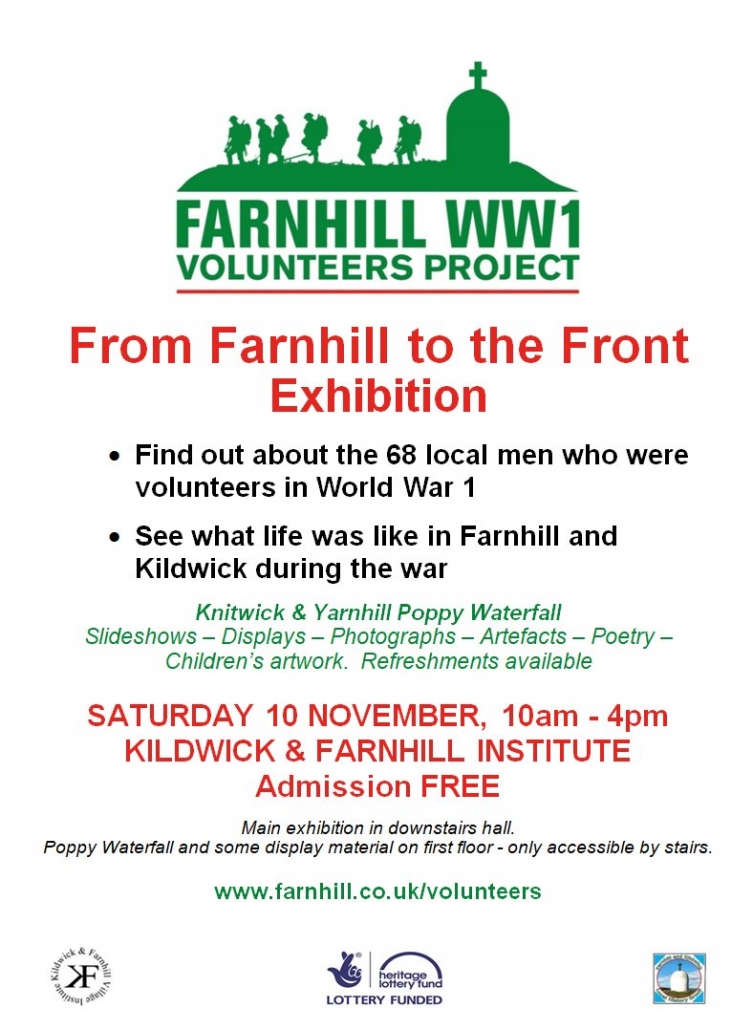

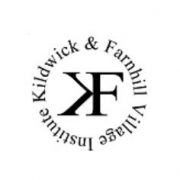
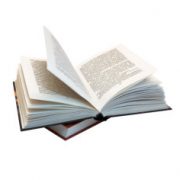
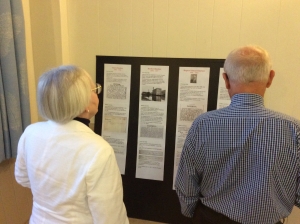
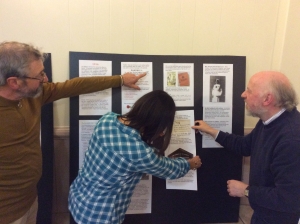
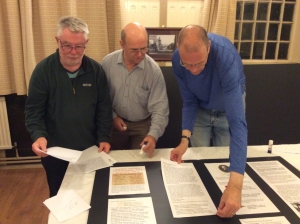
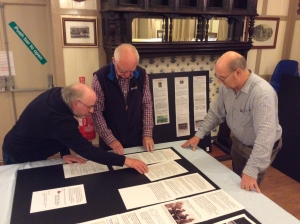
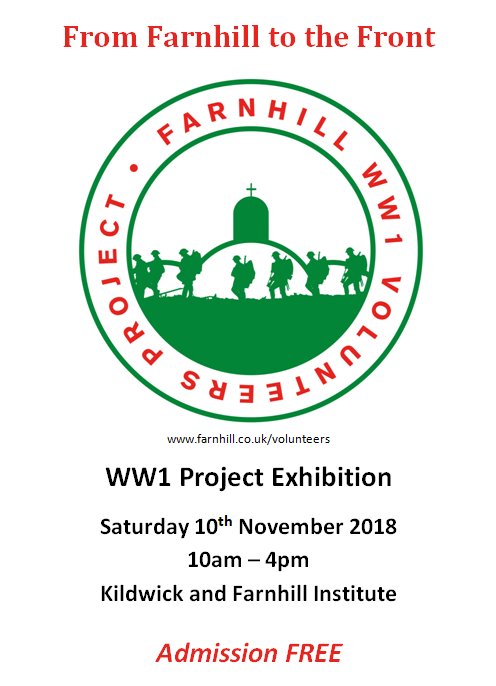

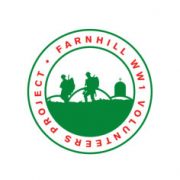
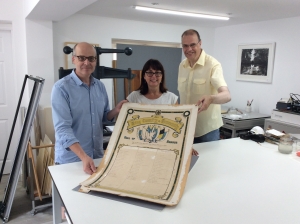 Work started this week on restoration of the Farnhill Methodist WW1 Roll of Honour.
Work started this week on restoration of the Farnhill Methodist WW1 Roll of Honour.


